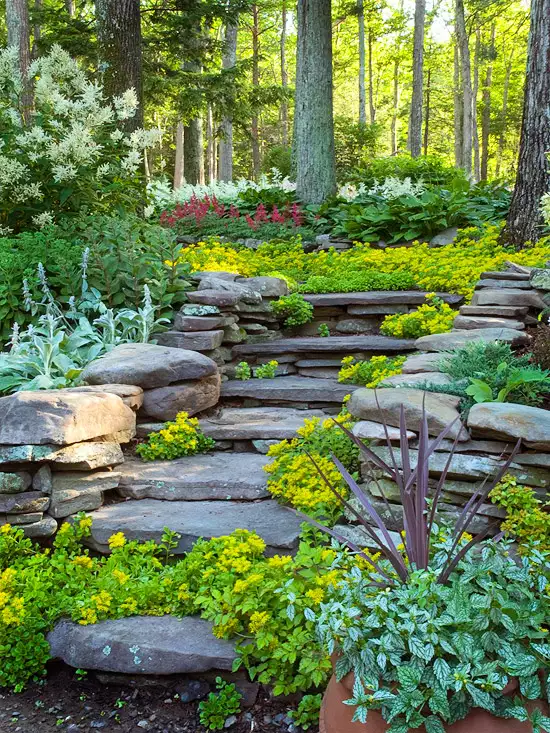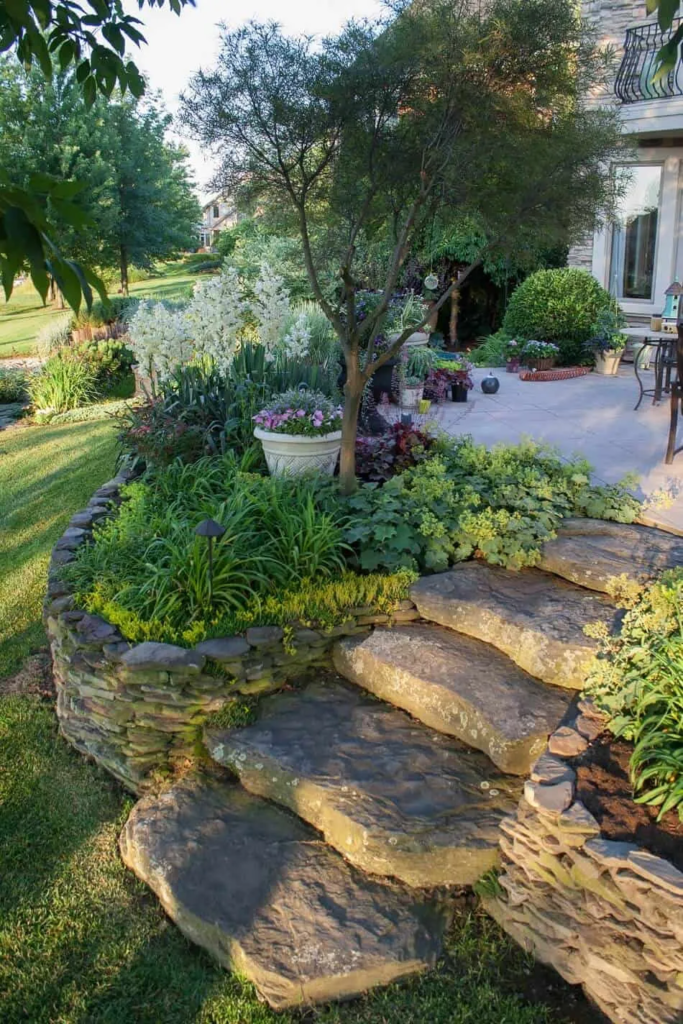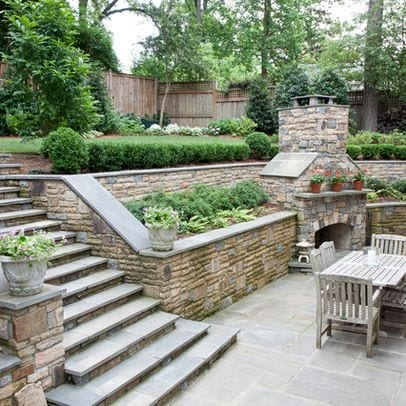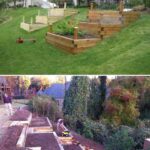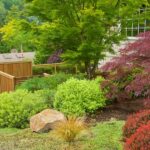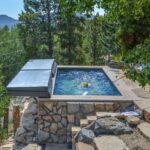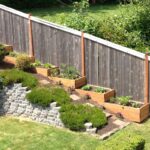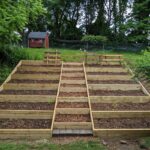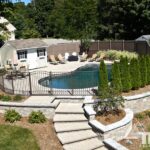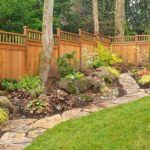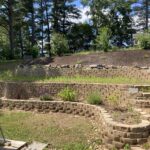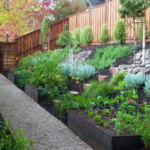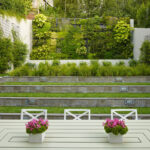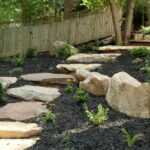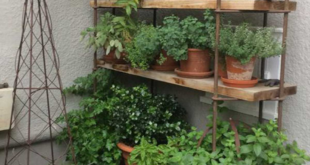Sloped backyards can present a unique challenge when it comes to landscaping, but with the right approach, they can become a stunning and functional outdoor space. One of the key considerations when designing a sloped backyard is erosion control. Sloped terrain is more susceptible to erosion from heavy rainfall, so it’s important to implement measures such as retaining walls, terracing, or planting ground cover to help stabilize the soil and prevent erosion.
Retaining walls are a common solution for landscaping sloped backyards. They not only help to prevent erosion but also create level terraced areas that can be used for planting flower beds, shrubs, or even a small vegetable garden. Retaining walls can be made from a variety of materials such as stacked stone, timber, or concrete blocks, and can add visual interest and structure to the landscaping design.
Another effective way to transform a sloped backyard is by creating terraced levels. Terracing involves creating multiple flat areas on the slope, which can be used for different purposes such as seating areas, outdoor dining spaces, or even a fire pit. Terracing not only adds visual interest to the landscape but can also make the backyard more functional by maximizing the usable space.
Planting ground cover is another important aspect of landscaping a sloped backyard. Ground cover plants help to stabilize the soil, prevent erosion, and add texture and color to the landscape. Some popular ground cover options for sloped backyards include creeping thyme, vinca minor, and creeping juniper. These plants are low maintenance and can spread quickly to cover large areas of the slope.
Incorporating a variety of plants and trees into the landscaping design can help to soften the slope and create a more natural and inviting outdoor space. Choose a mix of shrubs, perennials, and trees that are suited to the specific conditions of your sloped backyard, such as sun exposure and soil type. Consider planting trees strategically to provide shade, create privacy, or frame a focal point in the landscape.
Lastly, adding hardscape elements such as pathways, stairs, or a patio can help to tie the different levels of the sloped backyard together and create a cohesive design. Hardscape elements can also provide practical benefits, such as easier access to different areas of the backyard and a solid surface for outdoor furniture or entertaining. When designing hardscape elements for a sloped backyard, consider using materials that blend in with the natural surroundings and complement the overall landscaping design.
 yishifashion Where Outdoor Dreams Become Reality
yishifashion Where Outdoor Dreams Become Reality
